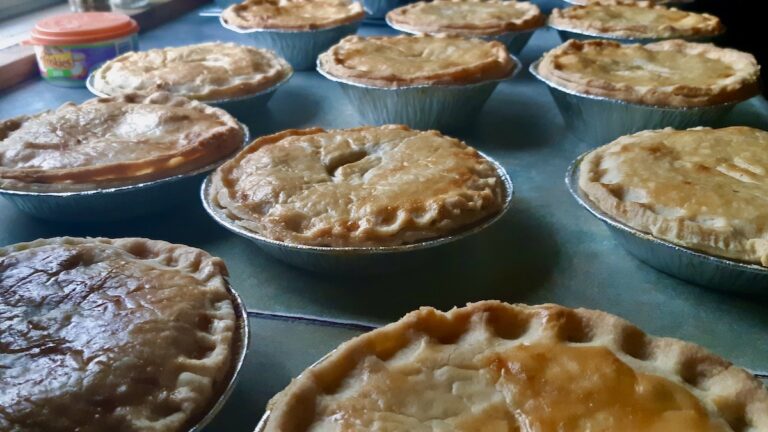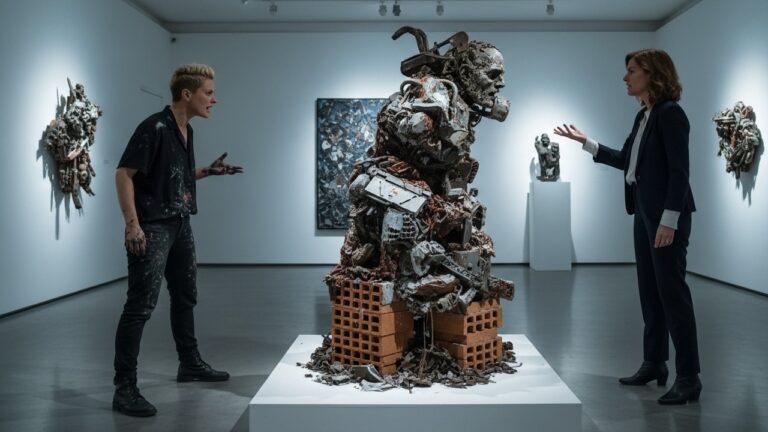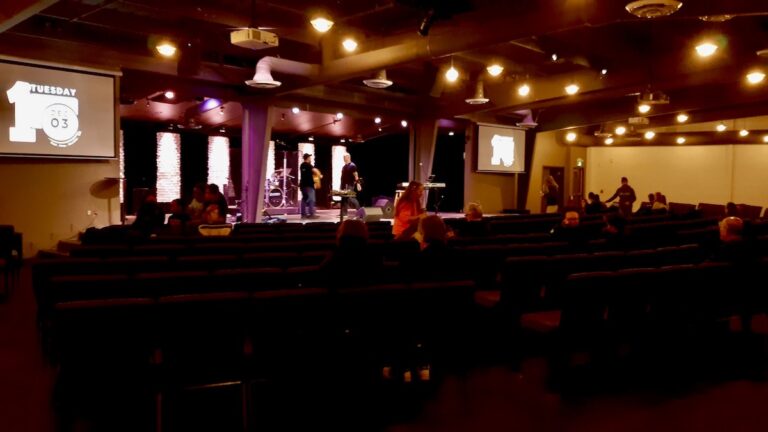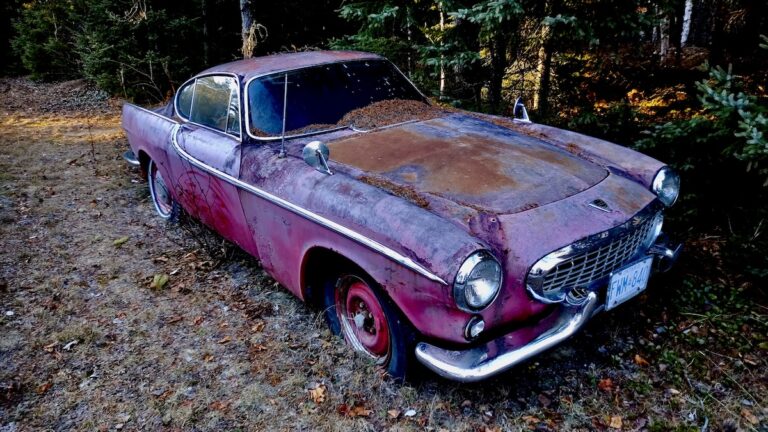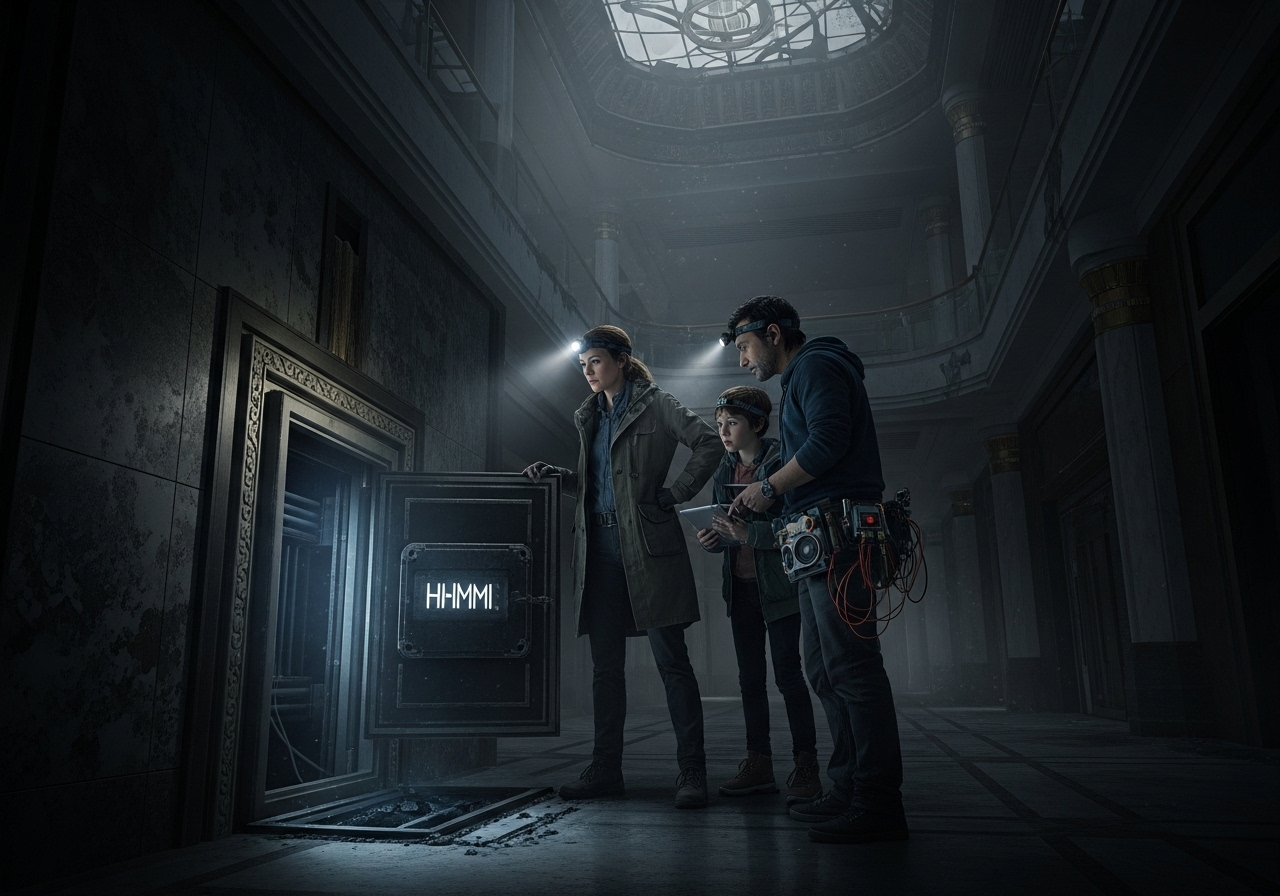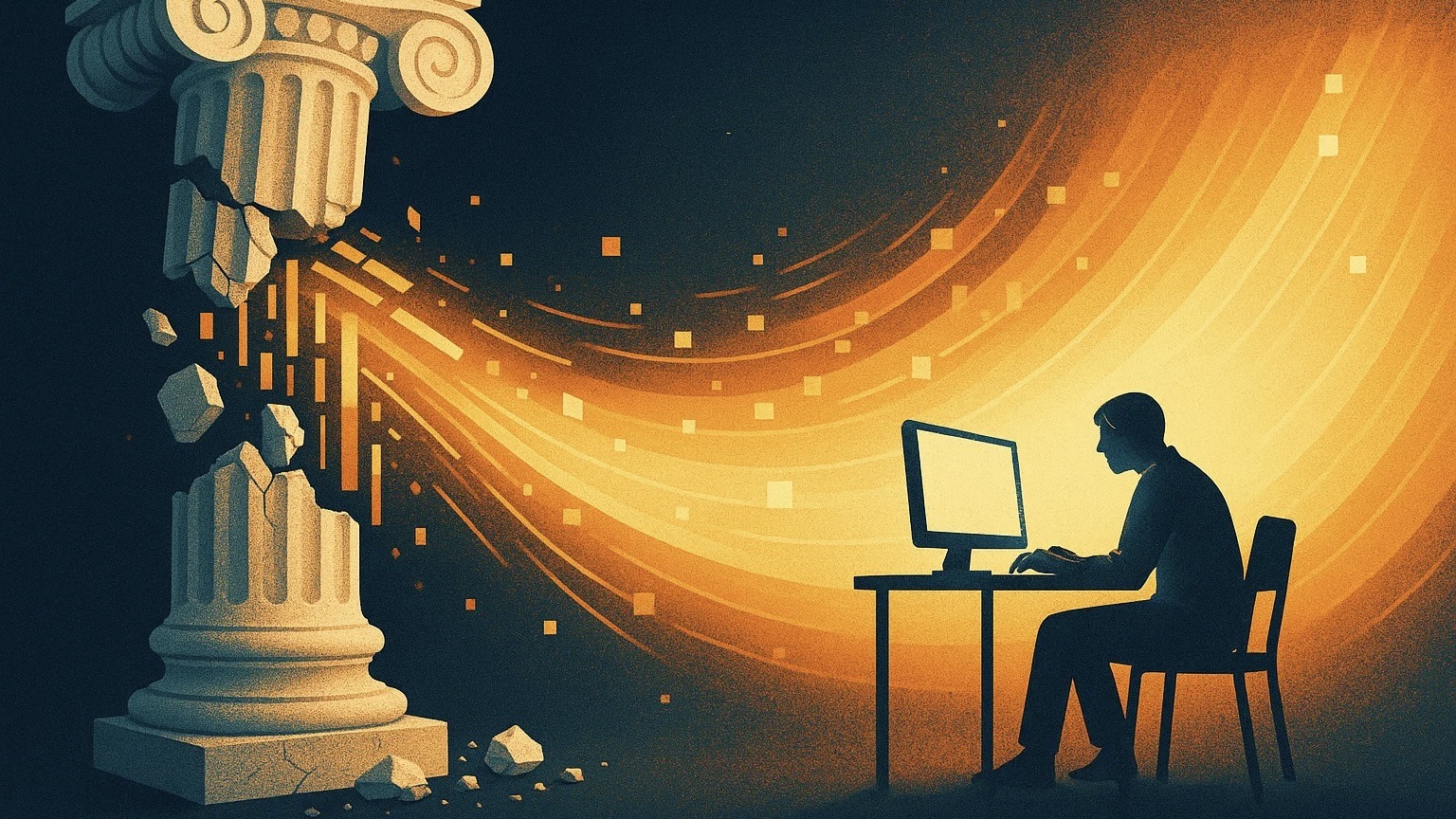
Cultural production is stabilizing as AI-driven Sovereign Stacks replace financial volatility with freedom, autonomy, and creative control.
Sovereign Stacks and the Stabilization of Cultural Production
The creative industries have always lived on the edge of collapse.
Behind every independent film, small press, or arts nonprofit lies the same fragile equation: high fixed costs, unpredictable income, and a constant scramble for funding. Whether through precarious grants or the extractive promises of venture capital, creators have long been trapped between compromise and survival.
Now, something quietly revolutionary is happening.
A new generation of integrated, intelligent tools—what we can call the Sovereign Stack—is dismantling the economic logic that made creative work so risky in the first place. By replacing expensive, salaried labor with scalable, utility-based systems, it doesn’t just make creation cheaper—it makes mission-driven art financially stable for the first time.
The End of the Fixed-Cost Trap
For centuries, the arts have been held hostage by overhead. To publish a book, launch a platform, or produce a film meant hiring entire teams—developers, editors, designers—each representing a permanent cost, paid whether the project succeeded or not.
That dependency created a choke point: you needed outside capital just to get started. And once investors or funders entered the picture, the artistic mission had to bend toward their priorities—growth, scale, and return.
The Sovereign Stack destroys that bottleneck.
It replaces fixed payrolls with variable utility. Instead of paying a developer $150,000 a year, a creator pays a few dollars for cloud processing or AI orchestration—costs that scale only when the project does.
| Old Model: Fixed Cost & Extractive | New Model: Variable Cost & Sovereign |
|---|---|
| High Payrolls: Permanent teams for coding, editing, design. | Low Utilities: Pay only for the capacity you actually use. |
| Constant Funding Pressure: Reliance on grants and VC rounds. | Autonomous Stability: No payroll means no existential monthly burn rate. |
| Compromised Mission: Artistic goals reshaped to please investors. | Integrity by Design: Funding can serve the mission, not sustain bureaucracy. |
The result is a structural de-risking of creative work. When failure no longer means financial ruin, experimentation becomes possible again.
The New Financial Logic: Value Over Volume
This shift flips the old creative economy on its head. For decades, the logic was clear: sell more, publish more, grow faster. Now, volume doesn’t matter—value does.
Decoupling Art from Commercial Viability
The Sovereign Stack breaks the historic link between cultural survival and mass-market appeal. When production costs plummet, the threshold for sustainability falls with them.
A poet, documentarian, or small press can now publish niche, politically daring, or deeply personal work without needing to appease investors or chase algorithmic visibility. The pressure to produce the next bestseller or viral hit disappears. What remains is the freedom to focus on long-term cultural or social value.
A Return to the Atelier
Economically, the model resembles the pre-industrial atelier—a small, autonomous creative workshop. But now, the tools are digital, intelligent, and infinitely scalable.
The Transversal Creator replaces the assembly-line production team. This artist is not only the maker but also the systems architect, supply-chain manager, and financial strategist. Their tools handle the execution; their expertise lies in orchestration, ethics, and direction.
By turning cultural production into a low-cost, self-sustaining ecosystem, the Sovereign Stack transfers power from capital to creativity.
It doesn’t just make independent creation possible—it makes it logical.
The Quiet Revolution in Cultural Economics
For generations, the creative world has relied on patrons and platforms to survive. The Sovereign Stack changes that equation permanently. It redefines what it means to be independent—not just creatively, but economically.
When the main cost of making something meaningful becomes a cloud fee instead of a salary, the risk disappears, and the freedom to build culture on your own terms finally returns.
The next artistic renaissance won’t be funded by Silicon Valley or government grants. It will be built by sovereign creators—individuals who have learned to de-risk their art through the simple act of designing their own systems.

